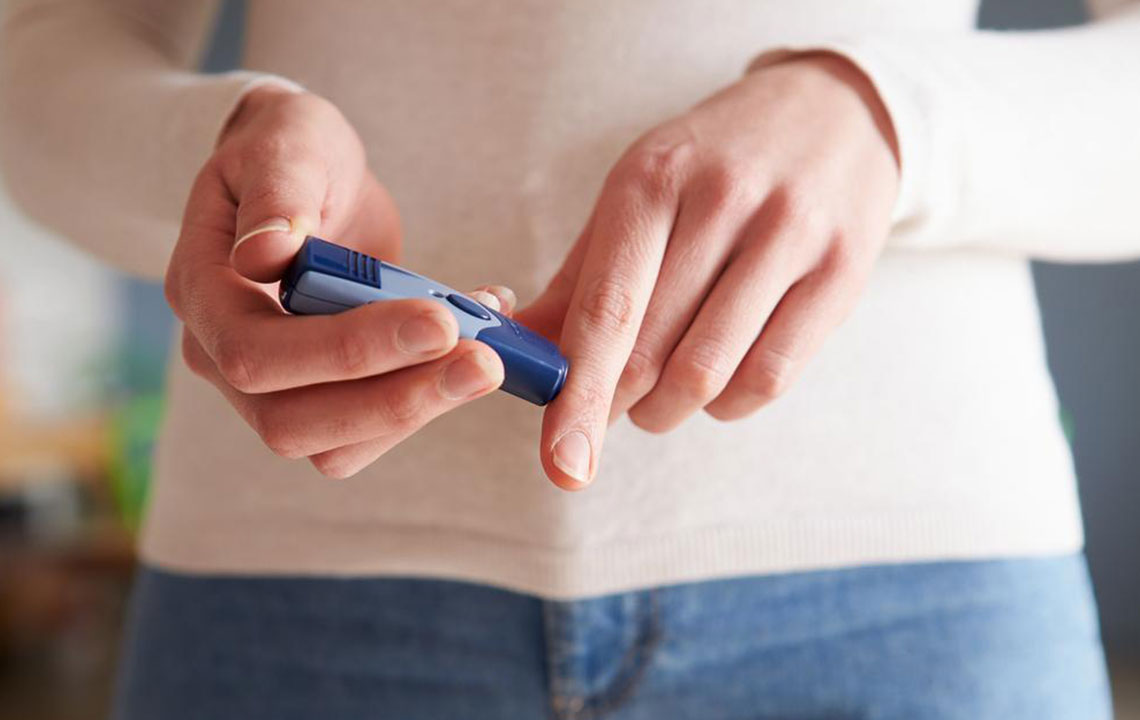Understanding Low Blood Sugar: Symptoms and Management Strategies
Learn about the signs, causes, and effective treatment options for low blood sugar. This comprehensive guide highlights symptoms, risk factors, and preventive tips to manage hypoglycemia and avoid serious health complications.
Sponsored

Hypoglycemia, or low blood glucose, occurs when glucose levels drop below normal, typically under 70 mg/dL. It's common among diabetics but can also result from medications that don't suit your body, physical activity, or dietary changes. Maintaining proper blood sugar levels is vital, as the brain depends on glucose for optimal function. Symptoms include anxiety, hunger, mood swings, weakness, muscle twitching, rapid heartbeat, headaches, blurred vision, confusion, unsteadiness, and night sweating. Prompt treatment, such as glucagon injections and dietary adjustments, can effectively manage symptoms and prevent severe complications.
Consistent monitoring of blood sugar, a balanced diet, and adequate sleep are key to prevention. If symptoms arise, immediate consultation with a healthcare professional is essential. Proper management helps avoid emergencies like unconsciousness or coma. Staying vigilant about your blood glucose levels and leading a healthy lifestyle can significantly reduce risks associated with hypoglycemia, ensuring overall well-being.






